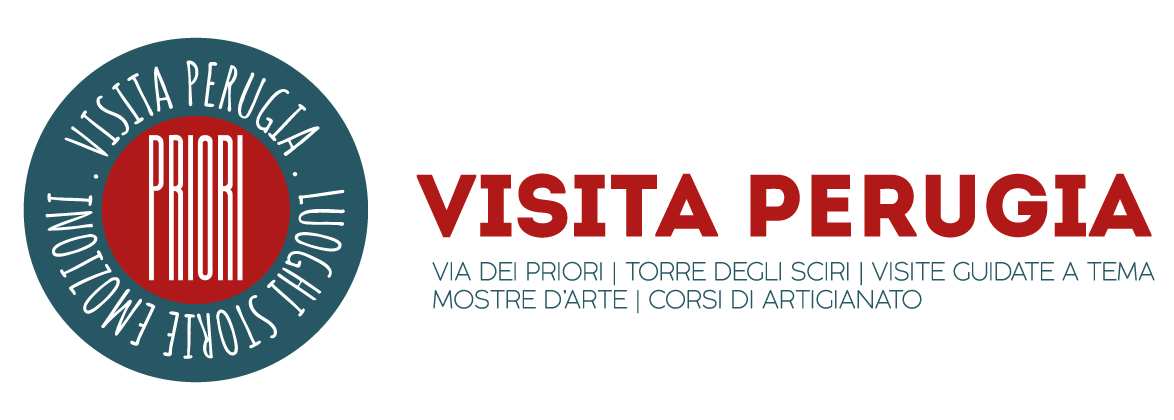Porta Trasimena
La Porta Trasimena è una delle cinque porte regali della città, conserva le imposte d’epoca etrusca, mentre l’arco ogivale è rifacimento trecentesco, così come le deteriorate sculture che ne adornano l’esterno. Così chiamata perché da qui si usciva in direzione del Lago Trasimeno. Detta anche Porta Senese (sempre in riferimento alla sua direzione), Porta Luzia, Porta San Luca (dall’attigua omonima chiesa), Porta Santa Susanna (dalla vicina Chiesa di Santa Susanna, che sorgeva sul luogo di quella di San Francesco, ceduta ai frati minori nel 1227), Porta della Luna. Sopra l’arco, sulla facciata esterna, è scolpita una croce e poco sotto, una mezzaluna, simbolo variamente interpretato. Si è ritenuto che non rappresentasse la luna, ma la lasca, pesce del Trasimeno, che per questa porta veniva introdotta in città.
Trasimena Gate
Porta Trasimena is one of the five royal gates of the city. It preserves the Etruscan period structure, while the pointed arch and deteriorated sculptures that adorn the exterior are a 14th-century remake. It is called Porta Trasimena because from here one went out in the direction of Lake Trasimeno. It was also known as Porta Senese (again in reference to its direction), Porta Luzia, Porta San Luca (from the adjacent church of the same name), Porta Santa Susanna (from the nearby Church of Santa Susanna, which stood on the site of that of San Francesco, sold to the minor friars in 1227), and Porta della Luna. A cross is carved above the arch, on the external facade while a little below it there is a crescent, a symbol that can be interpreted in various ways. It was believed that the crescent did not represent the moon, but the roach, a fish from the Trasimeno, which was brought into the city through this gate.

